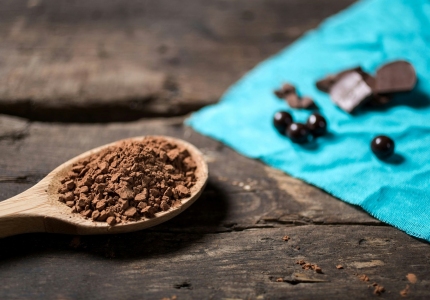Relaxation techniques seem to be abundant and growing every day, but do we really understand what they are and how they can help us? It is no secret that the more relaxed we are, the better we can tackle life and the obstacles that are thrown at us. Although there are numerous options, not all techniques work the same way for everybody, especially if they are not understood correctly. Relaxation is possible and achievable if we have the right information and tools, and most importantly, the right attitude.
Autogenic training by Schultz
Inspired by Oscar Vogt’s research on sleep and hypnosis, German psychiatrist Johannes Schultz created a self-help technique to achieve deep relaxation based on autosuggestion. After studying patients under hypnosis and combining his research of hallucinations in healthy individuals, he elaborated a series of exercises and named them autogenic training. They are autogenic because they originate and perform within the individual by desensitizing the limbs to the deepest relaxation possible. This technique guides the individual to produce a self-wellness-state felt throughout the whole body, with profound feelings of total relaxation; a state where mind and body can be simultaneously healed.
Diaphragmatic breathing
Located between the heart and the lung, the diaphragm is the main muscle used in respiration. When anxiety conquers our body, we seem to take it for granted; we start breathing in a shallow way, activating the wrong muscles that end up increasing our stress and anxiety. Diaphragmatic breathing, also called ‘Calm Breathing’, helps our respiratory system to properly function, allowing an adequate exchange between oxygen and carbon dioxide and letting the most waste out. When breathing in, the air enters the lungs and makes the chest rise while the abdomen expands in volume; and when exhaling, the belly falls as the abdomen pushes the air out. Besides decreasing muscle tension, pain and stress, it also aids in slowing down our breathing and heart rate.
Jacobson’s Progressive Muscle Relaxation
Progressive Muscle Relaxation is a breathing technique developed by American physician Edmund Jacobson, who observed increased emotional and muscular tension in hospitalized patients, which slowed down recovery and lead to other medical complications or even death. The technique consists of learning how to control muscle tension levels, which can unconsciously release unwanted stress and tension. It is performed with the aid of an instructor who leads the individual with instructions on how to get disconnected from any thoughts or physical distractions. Once that level is achieved, the instructor tenses a specific muscle group, occasionally using an external measuring device to capture achievements in relaxation. This technique has numerous benefits, including improvement of the immune system and an increase in production of endorphins to aid in a better state of mind and body. Sessions should be performed daily since there must be a progression sequence up to two months. Individuals must be totally committed in order to achieve results which take longer time to be assessed.
Mindfulness
Mindfulness is a technique that consists of completely immersing oneself in the present, paying exclusive attention to what one is doing right at the moment. Its main objective is to prevent or inhibit distraction during the ‘now’ moment. It is subdivided in several levels of concentration: intentional or deliberate, spontaneous or effortless, genuine and supreme mindfulness. To be mindful is to be fully present and alert over an activity and to stay focused over an issue without having to drive one’s attention away by external noises. The individual, immersed in auto-presence, learns how to be, to live and to concentrate in the here and now. This self-observation of the individual allows to end wasted thinking between past and future, centering only in the present moment. It helps increase awareness of oneself and significantly lowers anxiety levels.
Yoga
Although there are multiple styles and variations, yoga’s main objective is to achieve balance by joining mind, spirit and body in order to live in harmony. The word yoga means “to unite” or “to join”, and has been practiced for thousands of years. It helps us release tension through a series of muscle stretches and postures combined with breathing exercises. Besides providing physical strength and increased flexibility, yoga can also protect us from injuries and prevent diseases by boosting our immune system.
If you’ve enjoyed this post, you can try reading Benefits of meditation.



